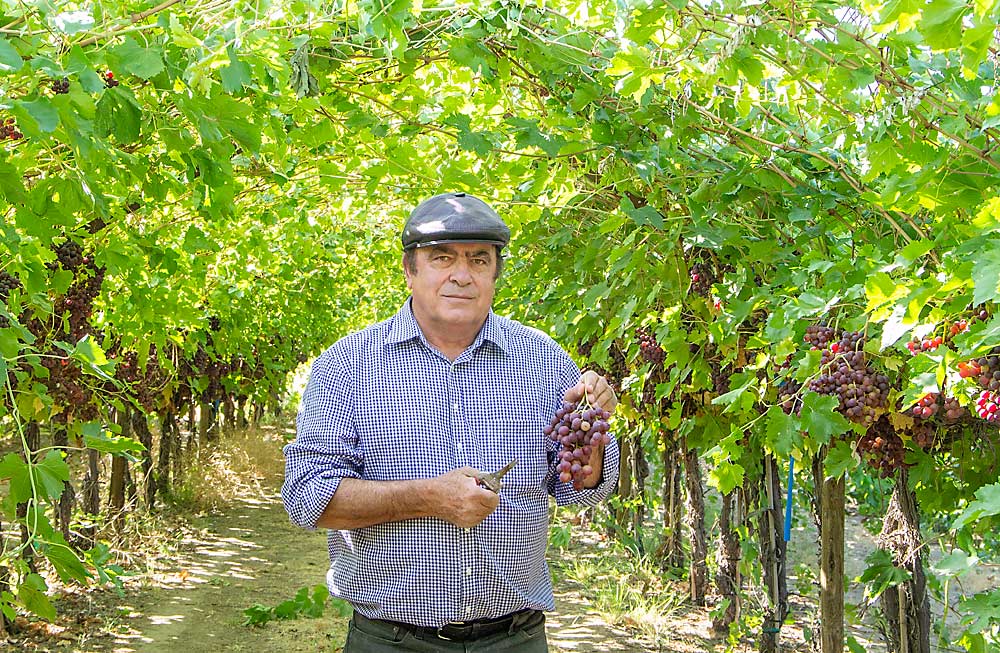
Between apples, cherries, peaches and plums, University of Idaho pomologist Esmaeil “Essie” Fallahi had plenty of research questions to keep him busy when he joined the university’s Parma Research and Extension Center, located in Southwest Idaho’s fruit belt.
But he wasn’t content to stick to the region’s existing crops.
“When I came here, I found the Idaho climate to be so similar to my native Iran, where we grow so many fruits,” Fallahi said. That inspired him to start planting what he calls his “weird fruit” orchard, trialing figs, persimmons, quince, jujube, currants, cornelian cherry, haskap and dozens of stone fruits — along with 180 varieties of grapes.
“One success story is table grapes and the other is almond,” he said.
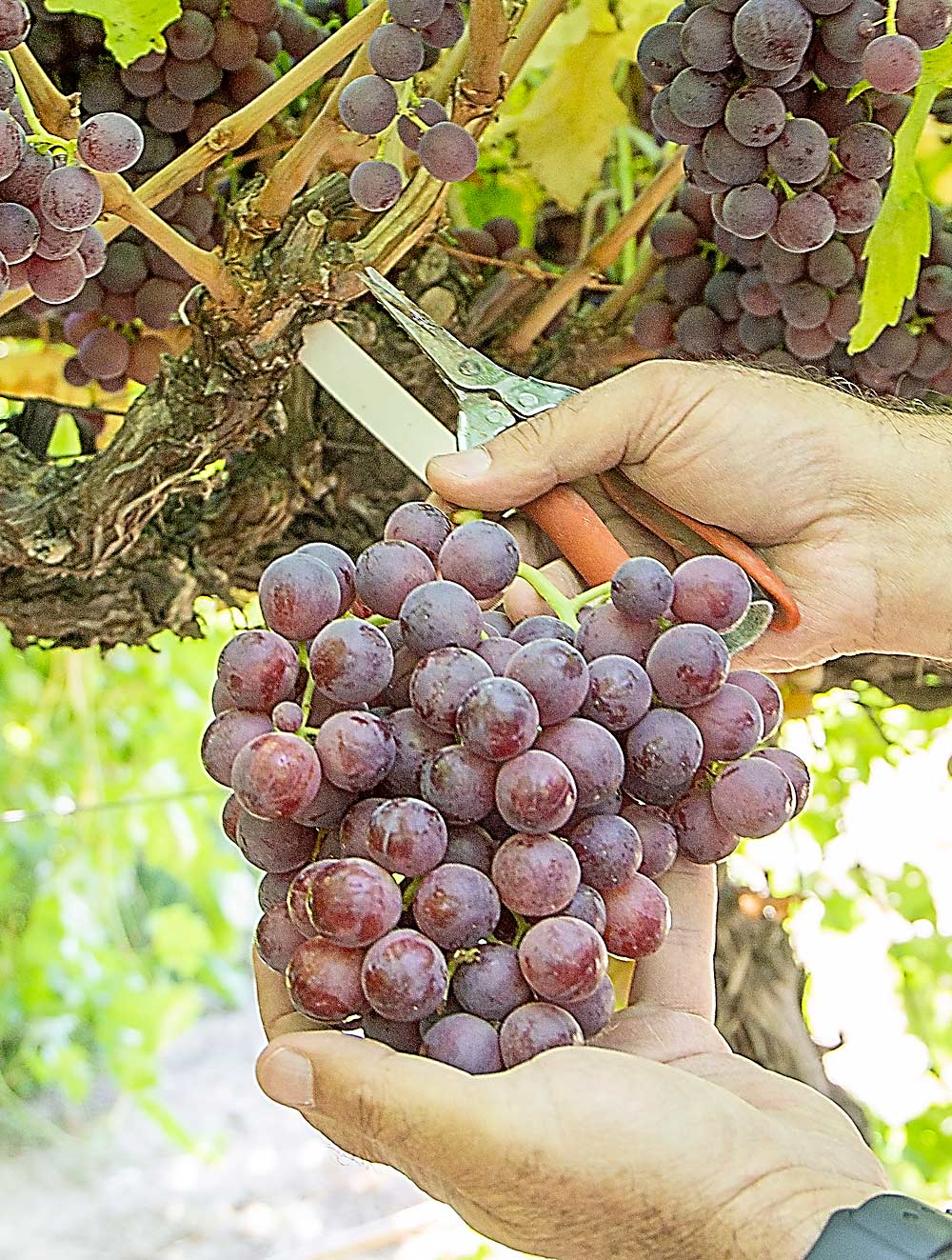
While his research showed that Idaho’s climate can produce great table grapes from cold-tolerant varieties, and it continues to provide insight on training systems and varieties, building a new fruit industry requires more than research. Many of the first growers were enthusiastic hobbyists who planted a few acres and then discovered viticulture and marketing were both more work than anticipated and, by Fallahi’s estimate, several hundred acres have been pulled out since the peak a few years ago.
Despite those growing pains, Fallahi remains optimistic about the potential of grapes in the region, pointing to the success of small growers serving niche markets and a few new plantings planned at more of a commercial scale. Plus, he’s heard some interest from California growers curious about the opportunity to be found with Idaho’s lower land prices and plentiful irrigation water.
Research advances
There were no table grapes in Idaho when he planted his first variety trial in 1989. Now, growers farm close to 1,000 acres, he estimated, in addition to the state’s 1,500 or so acres of wine grapes. Of course, that’s a drop in the bucket compared to the 130,000 acres of table grapes in California, but the local markets are eager for Idaho’s fall-harvested grapes.
Fallahi recommends training table grapes in a quadrilateral system, which uses four cordons from each vine and significantly increases yield and packout over a bilateral cordon, he said. Training with this approach takes more time, but he wants to encourage growers that the time is well spent.
In the vineyard, steel arms lift the shoots over the aisles, allowing more light and airflow and producing really clean, high-quality fruit that colors well as a result of Idaho’s warm days and cool nights.
The heavily cropped quadrilateral system also appears to enable vines to start hardening off while the fruit is still ripening, Fallahi said. “That lets fruit take advantage of the full growing season here, even with the risk of killing frosts before Halloween,” he said.
Even with that, it is critical to plant on sites that have good cold air drainage, he added.
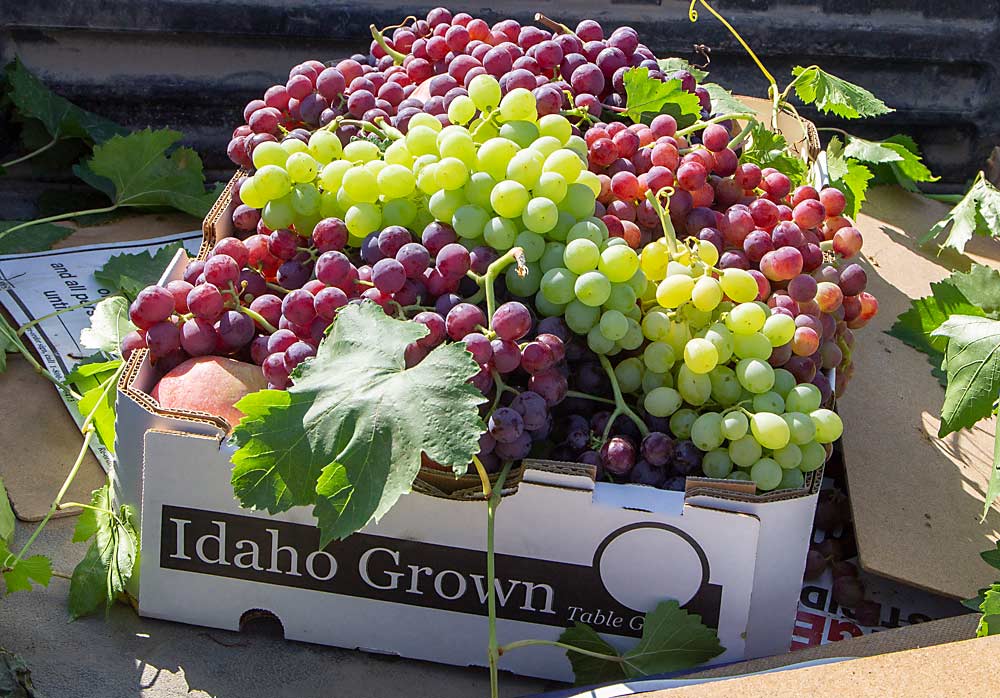
The variety trials that started it all continue as well, Fallahi said, with Thomcord a recent winner. The cross of Thompson’s Seedless with Concord is extremely cold tolerant, disease resistant and has a flavor reminiscent of Concord without the aftertaste. He’ll continue to look for the best cultivars to round out a grower’s portfolio of successful varieties for the Intermountain Region.
Turning point
As hobbyists pull out vines, some larger, commercial-scale plantings are going in, said Tom Elias, president of the state’s growers association and a longtime research technician for Fallahi in the research center’s orchards and vineyards. He grows 20 acres of his own and acts as both a supplier and fixer for the close-knit industry, running a greenhouse, planting and helping small growers connect with local retailers.
During “the boom” about 10 years ago, Elias sold up to 50,000 vines in a season, as enthusiastic new growers planted a couple of acres each. Now, he’s supplying several larger plantings planned for this year, 50 acres here and 20 there, he said.
“It’s not a hobby,” Elias said. “If you are going to be in it, you have to be devoted to it.”
One such small grower, who requested anonymity because she is looking to sell her 3-acre vineyard, said there wasn’t as much extension support from the university or collective marketing effort as she had anticipated to support the fledgling industry.
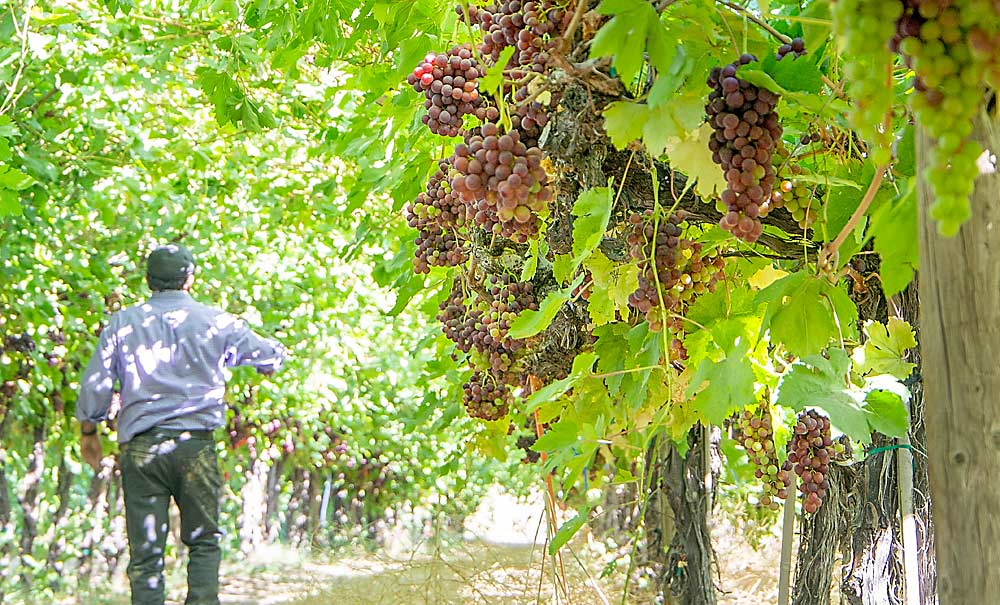
It would be great to have more extension support, Fallahi said, since research and commercial producers remain his priority. He receives more speaking requests for talks on beginning grape growing than he can accept. Elias in some ways fills an informal extension role, helping new growers plan plantings and coaching them on pruning and training. Then, if they grow good grapes, he’ll send his crew to pick, pack and market them along with his own grapes, and share the profits, he said.
“I have absolutely no problem selling our grapes,” he said. “It is an investment, all the trellis and wires and irrigation. It’s costly at first, but after three or four years of harvesting, you should make it all back.” •
—by Kate Prengaman

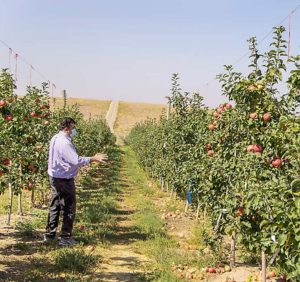





Leave A Comment